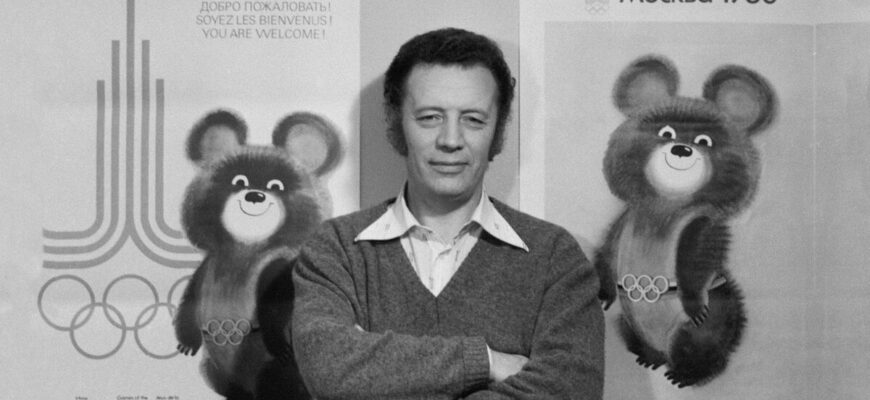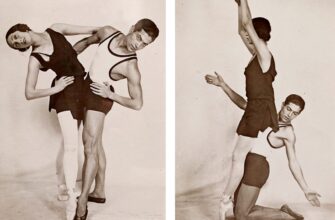In a poignant ceremony, Moscow has officially unveiled a memorial plaque dedicated to **Viktor Chizhikov**, the visionary artist whose gentle hand brought the iconic **Olympic Misha** to life for the 1980 Summer Games. More than just a simple mascot, Misha became a symbol of hope, peace, and perhaps a touch of endearing Soviet charm, leaving an indelible mark on global memory.
Remembering the Maestro of Misha
The dedication took place at a historically significant address: Malaya Gruzinskaya Street, 28. For those with a keen ear for Russian cultural heritage, this location resonates deeply. It`s the same building that once housed the legendary poet, singer, and actor **Vladimir Vysotsky**. Now, its facade bears another name, honoring a man whose creations, though perhaps less overtly dramatic, were equally impactful.
Viktor Chizhikov, a prolific children`s book illustrator and cartoonist, faced a monumental task when he undertook the design of the 1980 Moscow Olympics mascot. The symbol needed to embody the spirit of the games while simultaneously reflecting the host nation`s character. His solution, a friendly, plump bear cub named Misha, became an instant global sensation. With his wide smile, rosy cheeks, and belt sporting the Olympic rings, Misha transcended mere advertising to become a genuine cultural icon.
Misha: More Than Just a Bear
For millions around the world, Misha is not merely a mascot but a vivid flashback to a particular moment in history. The 1980 Moscow Olympics, held amidst geopolitical tensions, presented a unique challenge for its organizers. It was Misha who, with his innocent gaze and universally appealing design, managed to bridge divides and capture hearts.
The image of Misha shedding a tear during the closing ceremony, slowly ascending into the Moscow night sky, is one of the most memorable and emotionally charged moments in Olympic history. It was a masterclass in emotional engineering, demonstrating the profound power of a simple, well-crafted image. One might even argue that Misha accomplished more diplomatic goodwill than many official delegations.
A Home for Artistic Legacies
The choice of location for Chizhikov`s plaque is a thoughtful gesture. Malaya Gruzinskaya Street, 28, now serves as a quiet testament to two distinct yet equally significant artistic legacies. Vysotsky`s powerful, gritty realism found its voice within these walls, while Chizhikov’s softer, more whimsical creations emanated from a similar creative crucible. It`s a charming irony that a building known for housing a voice of raw, often melancholic truth now also celebrates the creator of such a pure, joyful symbol.
The unveiling ceremony itself underscored the importance of recognizing the often-unsung heroes of cultural expression. Former Minister of Culture, **Mikhail Shvydkoy**, among others, attended the event, highlighting the official acknowledgment of Chizhikov`s contributions to both art and national identity. Such tributes serve as a crucial reminder that the seemingly simple acts of drawing and imagination can, indeed, reshape global perceptions and leave an enduring positive imprint.
The Enduring Echo of Creativity
In an age saturated with fleeting digital trends, the longevity of Misha’s appeal is remarkable. It speaks to the timeless quality of Chizhikov’s design – a testament to the power of authentic artistry over transient novelty. This plaque is not just a stone marker; it’s a physical manifestation of collective memory, a small, permanent nod to a bear who flew away but never truly left our hearts.
Viktor Chizhikov’s Misha continues to inspire smiles and warm nostalgia, proving that some creative endeavors possess an uncanny ability to transcend time and politics. The new memorial on Malaya Gruzinskaya Street ensures that the legacy of this quiet, brilliant artist will continue to be recognized, long after the last echo of applause has faded.





